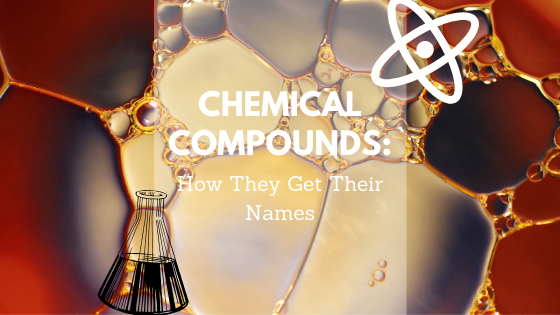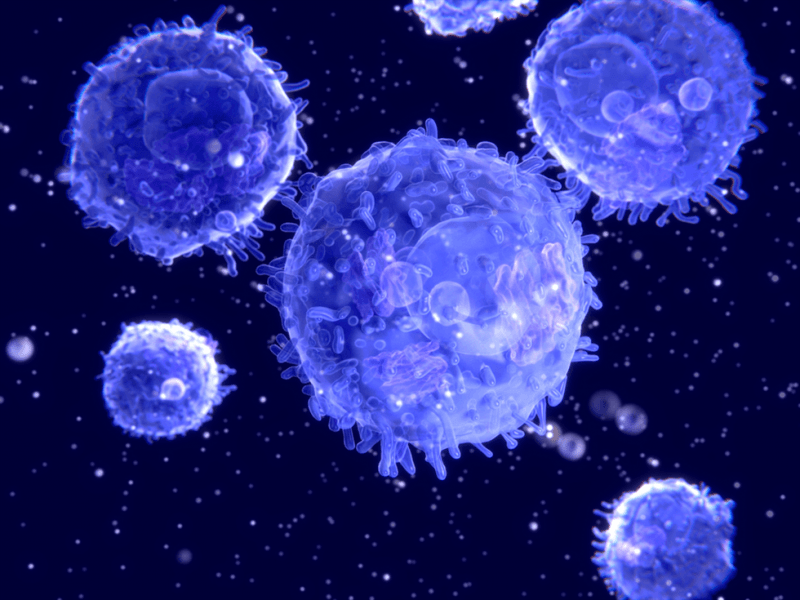Photoautotroph: Definition And Examples

A photoautotroph is an organism that can synthesize its own food source via sunlight and carbon dioxide. Photoautotrophs utilize energy captured from photons to convert…
Read more

A photoautotroph is an organism that can synthesize its own food source via sunlight and carbon dioxide. Photoautotrophs utilize energy captured from photons to convert…
Read more

Standard temperature and pressure (STP) refers to the internationally agreed-upon standard of measurement for experiments in chemistry. According to the International Union of Pure and…
Read more

Arachis diogoi, a wild diploid species related to the cultivated peanut, is resistant to the late leaf spot pathogen Phaeoisariopsis personata, which is one of…
Read more

Ice streams and outlet glaciers are relatively fast-flowing regions of ice that are adjacent to nearly stagnant ice or mountains. These ice streams are visible…
Read more

Evidence that the polar regions were much warmer during the Cretaceous Period (145-66 million years ago) compared to today has accumulated during the past century…
Read more

Diphosphorus Pentoxide is a covalent compound that has an empirical formula of P2O5 and a chemical formula of P4O10. The molar mass of diphosphorus pentoxide is the…
Read more

The unique sequence-defined property endows materials scientists with the ability to precisely tailor and adjust the combination of functional groups at an atomic level, making…
Read more

Oil shale is a potential alternative fossil energy source whose kerogen’s chemical structure makes up the basis of its application, presently for pyrolysis or retorting…
Read more

Synthetic biology is challenging our current conception at multiple levels with an unprecedented potential. The aim is the (re)engineering of gene regulatory circuits to end…
Read more

In comparison to Henry Beecher’s much-cited paper, “The Powerful placebo,” of 1955 (1), Stewart Wolf’s paper, “The pharmacology of placebos,” of 1959 (2) is today almost…
Read more

Approximately 4 billion years ago, the first life on Earth used energy from the oxidation of reduced chemical compounds – a mode of biomass production…
Read more